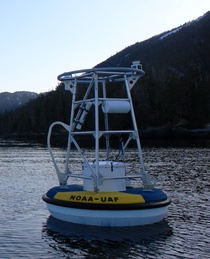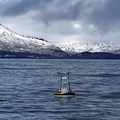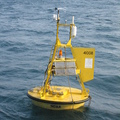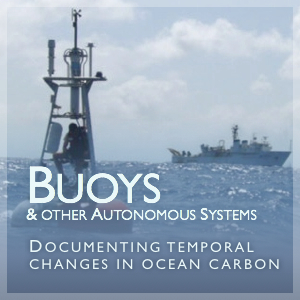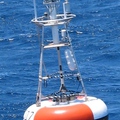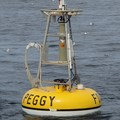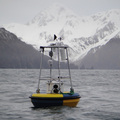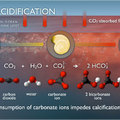SE ALASKA OA
Port Conclusion, Gulf of Alaska Ocean Acidification Mooring (56.26°N, 134.67°W)
Interannual variations in the partial pressure in CO2 (pCO2) and pH on the eastern Gulf of Alaska (GOA) shelf reflect environmental changes that affect this marine ecosystem. It is critical to quantifying and understanding this variability, particularly in the regions where there is a high seasonal flux of freshwater. The SE Alaska OA mooring will measure the variability in the marine environment, as reflected in ocean temperatures and salinities, and the shelf circulation, to quantify and understand the structure of, and changes in, the eastern Gulf of Alaska marine ecosystem. By measuring pCO2 and pH, we are able to more accurately and precisely study the changes associated with ocean acidification. The pH data will be available later in the year when the buoys are serviced.
The mooring program in Alaska has been developed through a consortium of agencies including the NOAA Ocean Acidification Program, the National Science Foundation, the North Pacific Research Board, and the Alaska Ocean Observing System (AOOS), and is the centerpiece of the research program within the Ocean Acidification Research Center at UAF. In February 2016 this site was discontinued.
For more information about the first deployment of this buoy visit the AOOS website.
Data availability: archived at NCEI.

